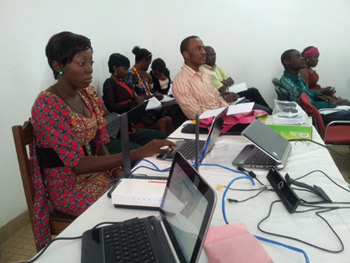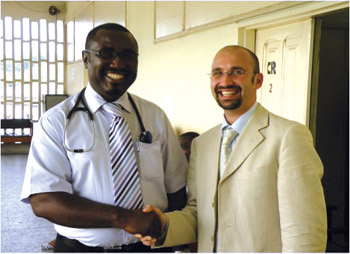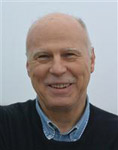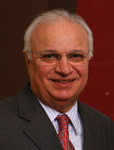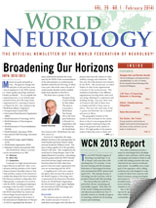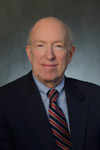
Donald H. Silberberg
World Neurology now has a superb Editorial Advisory Board, representing every region, and equally important, representing the WFN’s website and Journal of Neurological Sciences. In “@WFNeurology” on page 9, Walter Struhal and Peter Engel discuss the advantages of these linkages.
Also in this issue, for the first time, you can see a list of some of the current articles in the JNS, with hyperlinks to the PDFs of selected articles. Similarly, when I receive announcements that require immediate display, I forward them to Engel for posting on the WFN website.
This issue is the fifth online, with subsequent issues to come every two months. This is a good time to remind you that the content of World Neurology is entirely what you wish to make it. Please send me reports from your region, historical or personal reflections, notices of future events, letters to the editor, and of course, original articles on a topic that interests you. When you publish work that will later be submitted to a peer-reviewed journal, you don’t need to worry about copyright issues on the part of World Neurology or the WFN.
You can help with our distribution list. Because many national societies are reluctant to release email addresses due to privacy concerns, our list serve is incomplete.
Please ask your colleagues if they are receiving communications from World Neurology. If not, please advise them to send their address to me or to Keith Newton, assistant editor, at keith@wfneurology.org, in order to become a subscriber. If your national society can provide a list, please ask that it be sent to us.
Finally, a wish for a happy, productive and healthy 2014 to all.
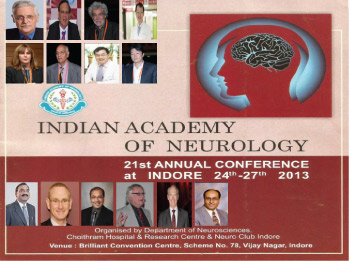
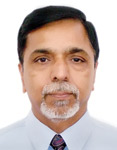
 Please join us for the 14th Asian and Oceanian Congress of Neurology (AOCN) March 2-5 at the Convention and Exhibition Centre of The Venetian® Macao.
Please join us for the 14th Asian and Oceanian Congress of Neurology (AOCN) March 2-5 at the Convention and Exhibition Centre of The Venetian® Macao.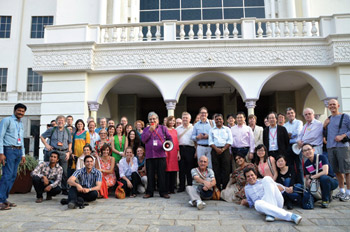
 Young individuals born between 1981 and 1999 belong to Generation Y (Gen-Y). They are also called Digital Natives. In contrast to their parents belonging to the Baby Boomer generation, Gen-Y individuals are comfortable with the World Wide Web. They expect to find all information online, they rapidly adopt new online services and appreciate interacting digitally. Residents and young neurologists are mainly now recruiting from this new generation. Gen-Y neurologists do show fundamental different knowledge acquisition strategies mainly focused on online resources, challenging not only online services, but also training and teaching1,2.
Young individuals born between 1981 and 1999 belong to Generation Y (Gen-Y). They are also called Digital Natives. In contrast to their parents belonging to the Baby Boomer generation, Gen-Y individuals are comfortable with the World Wide Web. They expect to find all information online, they rapidly adopt new online services and appreciate interacting digitally. Residents and young neurologists are mainly now recruiting from this new generation. Gen-Y neurologists do show fundamental different knowledge acquisition strategies mainly focused on online resources, challenging not only online services, but also training and teaching1,2.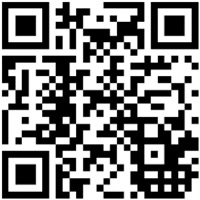
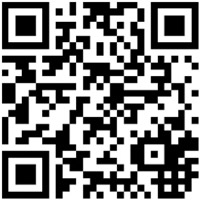
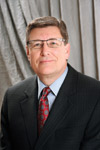
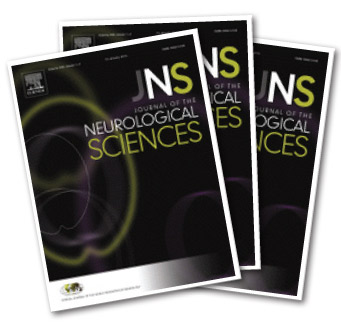 should be helpful in guiding the future training of neurologists around the world. The major disappointing aspect of the survey was that only 39 out of the 113 WFN member organizations provided answers to the survey. Most respondents were from Europe and Asia. Notable non-responders were Canada, France, India, Italy, Japan, United Kingdom and The United States.
should be helpful in guiding the future training of neurologists around the world. The major disappointing aspect of the survey was that only 39 out of the 113 WFN member organizations provided answers to the survey. Most respondents were from Europe and Asia. Notable non-responders were Canada, France, India, Italy, Japan, United Kingdom and The United States.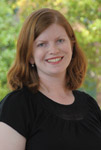
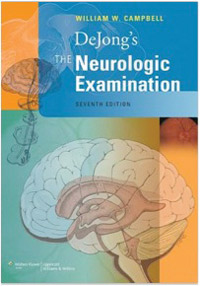 The new edition of “DeJong’s The Neurological Examination,” by William W. Campbell, will appeal to neurophiles. It has been modernized in many ways — the four-color edition is much easier on the eye, for one thing. There are more images accompanying the text, with clearer photographs and MRIs to supplement the clinical vignettes.
The new edition of “DeJong’s The Neurological Examination,” by William W. Campbell, will appeal to neurophiles. It has been modernized in many ways — the four-color edition is much easier on the eye, for one thing. There are more images accompanying the text, with clearer photographs and MRIs to supplement the clinical vignettes.